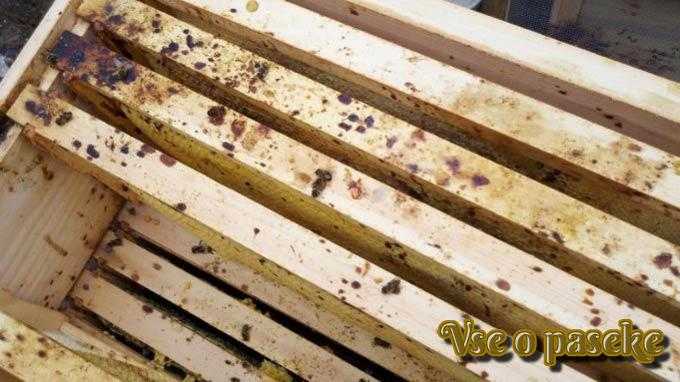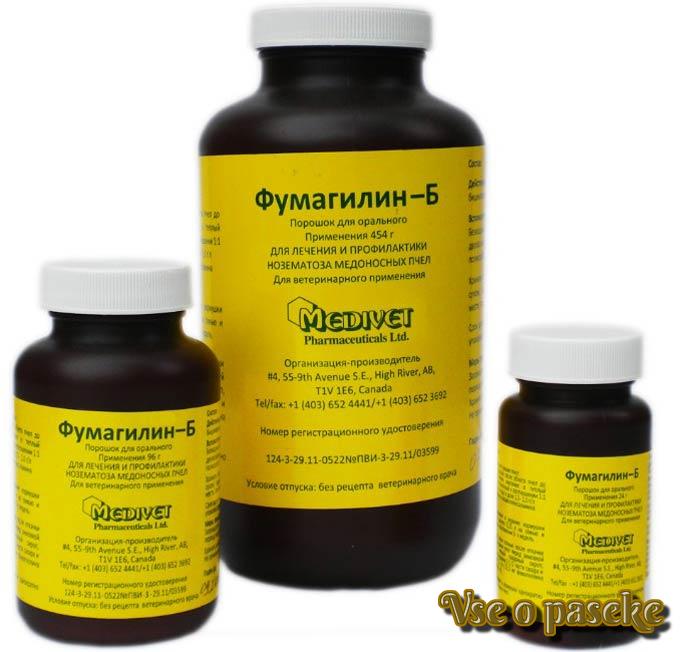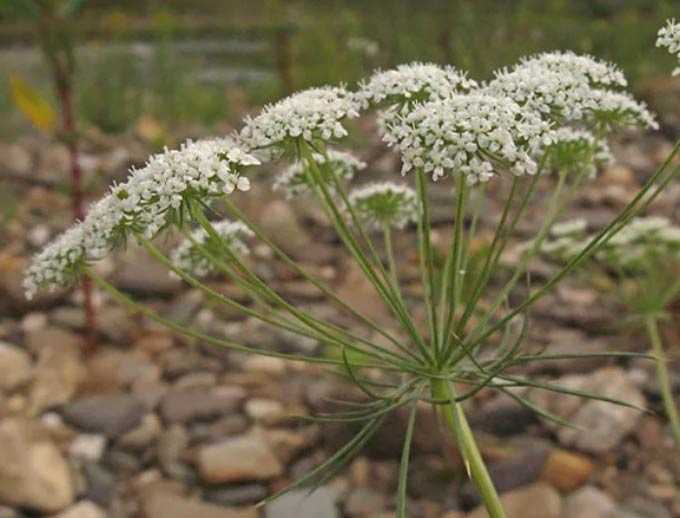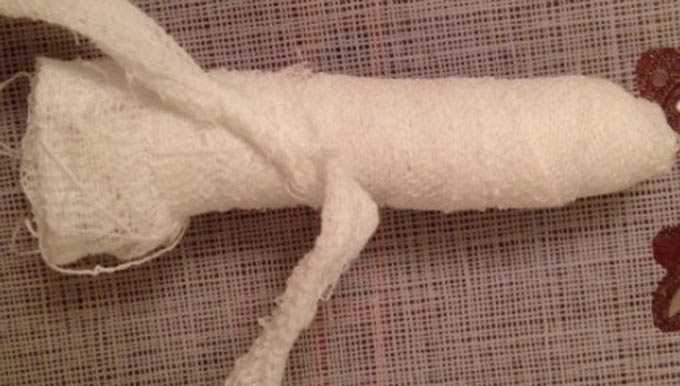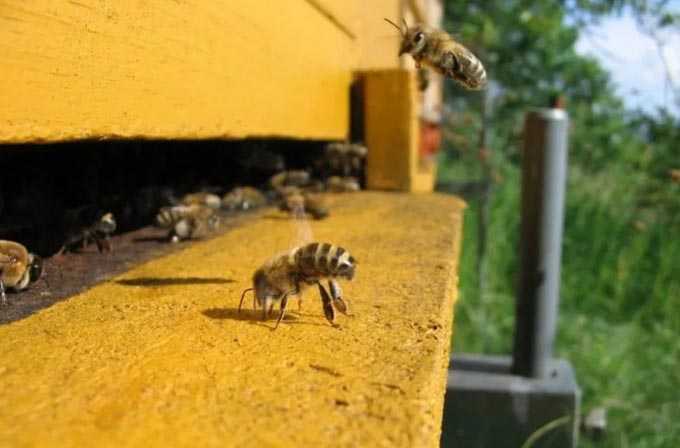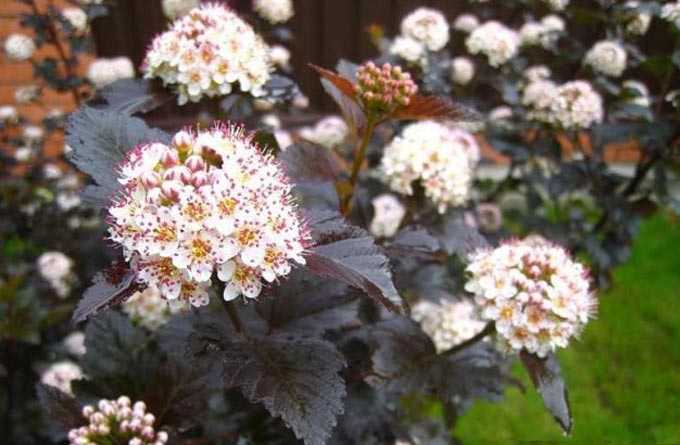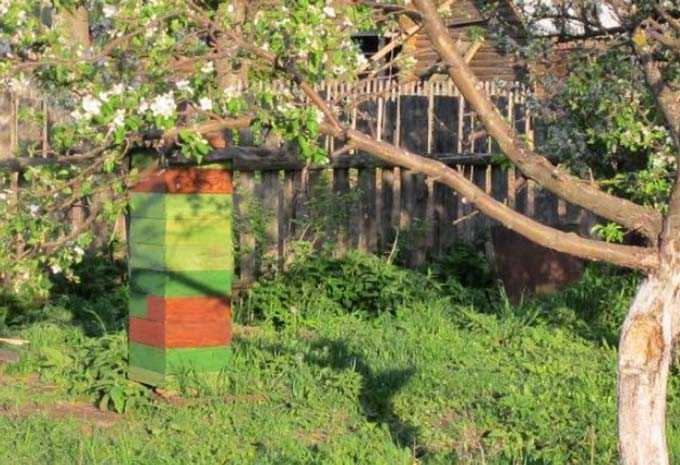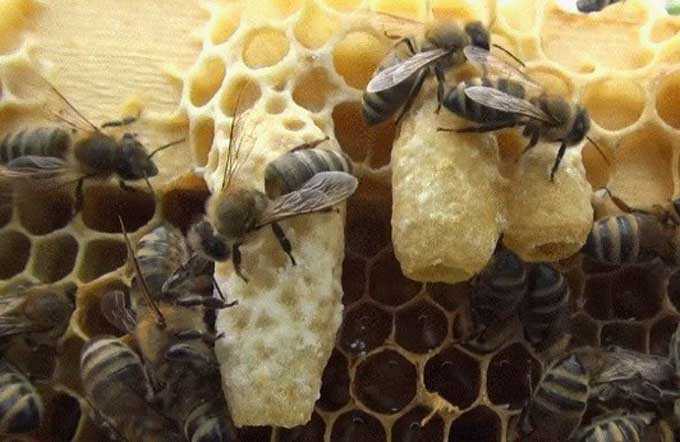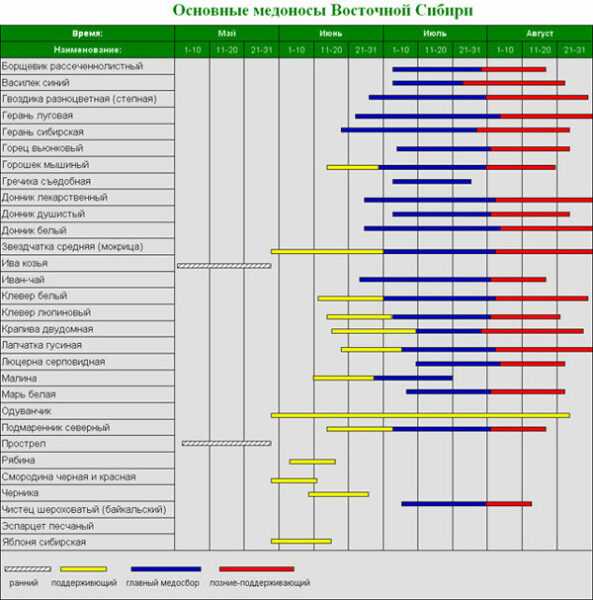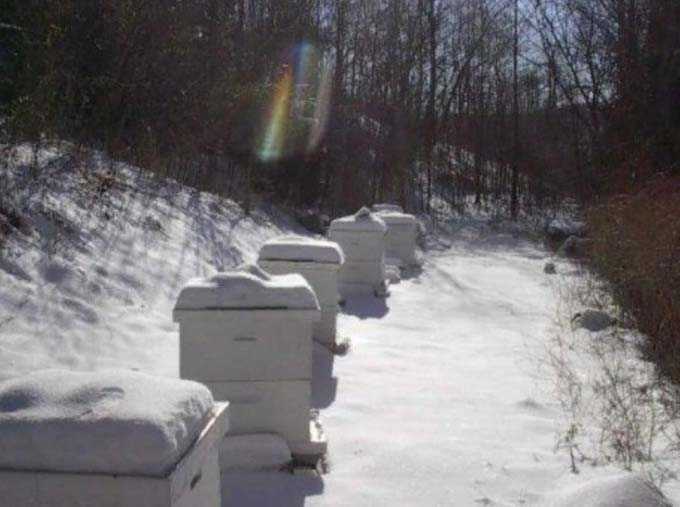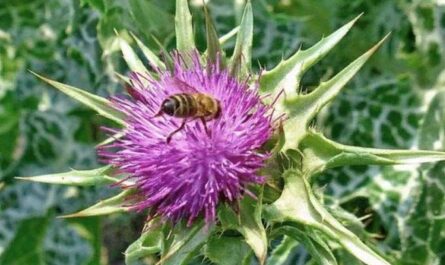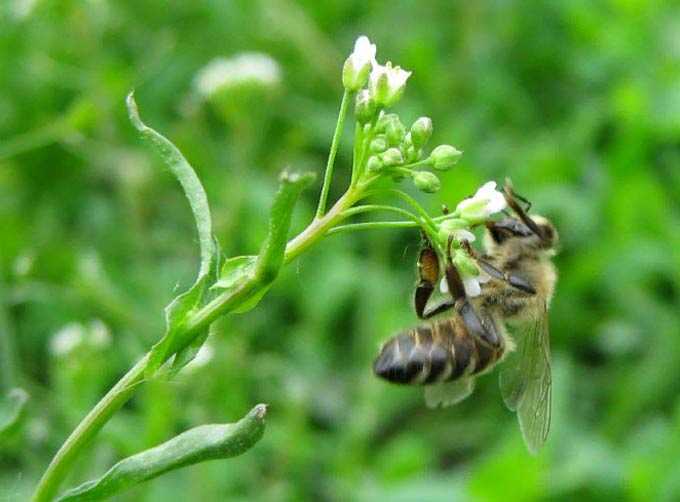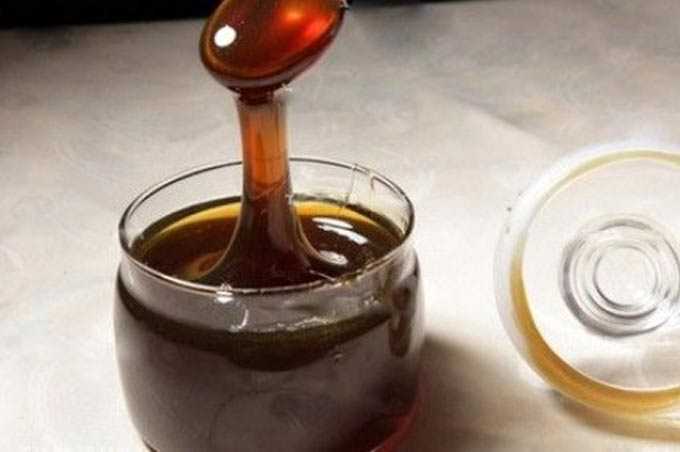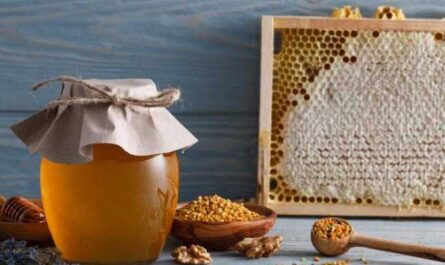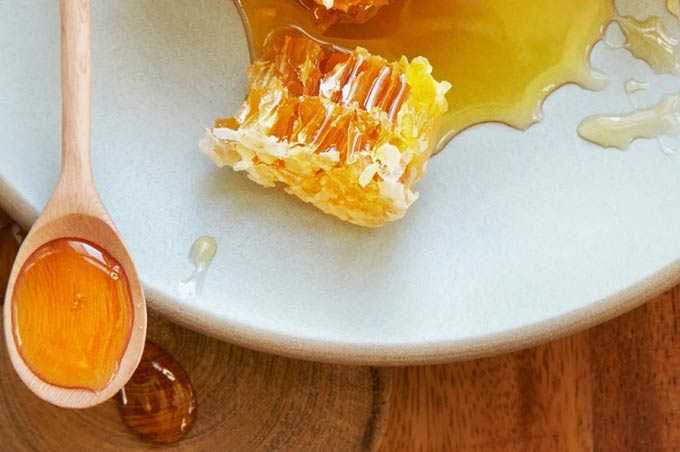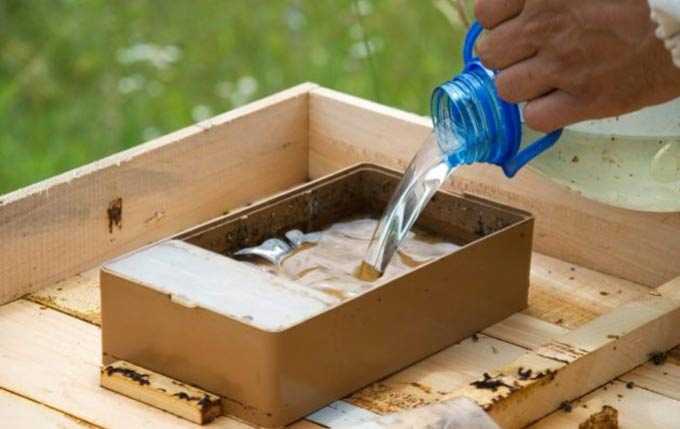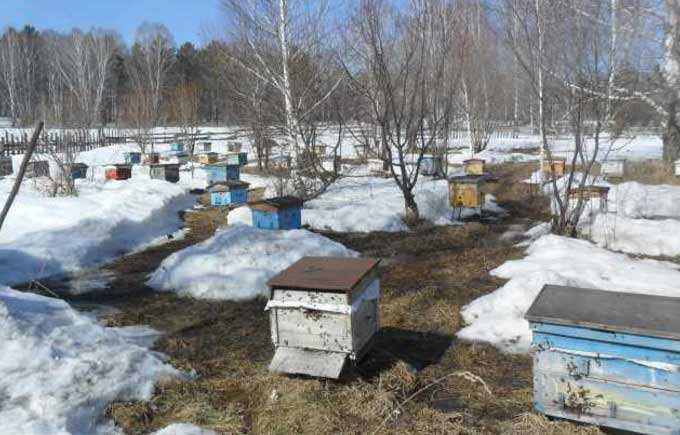Nosematosis is one of the invasive diseases that have the most serious consequences for the apiary. Family deaths averaged 12 to 20 percent. Mostly weakened nests die. Moreover, not only working insects get sick, but also the uterus – they become sterile.
The content of the article
- 1 How does the infection occur?
- 2 Spread of infection
- 3 The main signs of infection
- 4 Home diagnostics
- 5 Disinfection procedure
- 6 Preparations
- 7 Folk methods
- 8 Secrets of prevention
How does the infection occur?
The source of infection is microsporidium Nosema apis (nosemaapis) . Spores of the pathogen enter the insect’s body along with food.
Traces of diarrhea on the taphole
The reproduction of pathogenic microorganisms occurs in the midgut, where the shells of the swallowed spores burst and they are fixed on the mucous membrane with the help of an organic thread. Then the parasite is selected from the spore and is introduced into the intestinal wall. It multiplies rapidly by dividing – as a result, the entire intestines and stomach of bees are infected, which leads to pathological indigestion. Nutrients cease to be properly absorbed, and the waste products of parasites poison the body of insects.
Affected bees quickly weaken, cannot fly and die from exhaustion.
During illness, some of the parasites turn into spores and leave the intestines of insects along with natural secretions. Such bowel movements are highly contagious! The remaining parasites continue to divide in the thickness of the intestinal and stomach walls – diarrhea in bees increases daily, which ultimately leads to death of the insects.
The infectivity of Nosema apis is extremely high! For example, if 10-12 sick bees are placed in a healthy nest, within a week 40% of insects will develop diarrhea, and in a month the whole hive will be sick.
At the same time, a sick queen continues to live up to 3-4 months, constantly infecting new generations of bees (insects constantly cleanse the hive of its excrement, become infected and transmit the infection to still healthy individuals).
Spread of infection
The peak incidence occurs at the end of wintering and the beginning of the spring period.
If the beekeeper has provided good conditions for wintering, the disease can pass with practically no consequences – some of the sick insects die out in winter, the rest of the weakened individuals die off in the spring before the cleansing flight. After that, the extinct generation is replaced by a young and healthy one. Such nests show good productivity during the active period.
If the wintering is not going well, the room where the hives are located is equipped with errors, and the fodder honey is of poor quality, the spread of diarrhea cannot be avoided. Families are rapidly weakening and dying out. But even if the nest by some miracle survives, one should not expect high productivity from it. Insects are often no longer able to provide themselves with food reserves for the coming winter. Such nests can be attacked by stronger thief bees.
The main sources of the spread of pathogenic spores are:
- removal from the nests of honey containing spores of Nozema by thief bees;
- resettlement of sick bees to other families after the death of the queen (an orphaned hive often abandons the nest and scatters to other nests);
- random “wandering” of bees and drones (this happens if all the hives are painted in the same color and young inexperienced insects make mistakes after flying around, falling into someone else’s family);
- reinforcing the colonies with brood or bee and rearranging the frames with honey by the beekeeper himself;
- neglect of disinfection of hands and tools (after working in a sick nest, you must use lye and soap).
The main signs of infection
The beekeeper can identify a sick family on the following grounds:
- despite a sufficient amount of food and the presence of a queen, the nest is weakened (insects die);
- insects fly badly in spring and defecate in a sitting position;
- in bees, there is an increase in the abdomen and trembling of the wings;
- on the taphole, frames, walls of the hive, you can see characteristic brown spots – traces of diarrhea.
To confirm the preliminary diagnosis, it is necessary to collect the podmor and send it for analysis to the veterinary-bacteriological laboratory.
Traces of diarrhea on the frames
You can also take 50 bees from each family that go to the hive with a polish. Tear off the heads and put the bodies in separate numbered sachets. After laboratory analysis, it will be clear which families are sick with nosematosis.
But such an event is carried out only as a last resort, when the suspicion of infection arose after the exhibition of hives from the winter house. In other cases, it is recommended to take for analysis the winter podmor obtained by the beekeeper during the spring revision of the hives.
If, as a result of laboratory tests, infected families are identified, they should be exhibited from the winter house separately from healthy families. After the first flight, it is necessary to immediately start treating them.
Home diagnostics
Preliminary diagnostics can be carried out on your own. To do this, a diseased insect should be opened (inactive, with a swollen abdomen).
The purpose of such an event is to examine the insect’s midgut. In a healthy state, it looks like a sausage tied with twines.
An autopsy is performed as follows:
- the head is torn off the insect to avoid excessive pressure and rupture of the intestine during further dissection;
- then the body is clamped in the chest area, and the tip of the abdomen is grasped with tweezers;
- along with the sting, the large, small and middle intestines are pulled out.
In a sick insect, the midgut is deformed. There is severe swelling and bloating. The color of the intestine is milky white or cloudy gray due to the abundance of pathogenic spores in its walls.
Such an examination cannot be considered the only diagnostic method. But his results with a high degree of probability indicate precisely the nosematosis of bees. It is necessary to clarify the diagnosis in the veterinary laboratory.
Disinfection procedure
The spread of infection can be stopped by proper disinfection. Hives with traces of diarrhea are removed from the winter house as early as possible. This will allow healthy insects to make an early cleansing flight.
Fire treatment with a gas cartridge
Then the family is moved to a disinfected hive and the insects are fed with pure high-quality honey or sugar syrup at the rate of 8-10 kilograms per sick nest.
Dirty combs with feed must be removed from the hive, and frames with brood must be thoroughly cleaned. For this, a knife is used, preheated in boiling water. They carefully cut off the traces of diarrhea on the combs, and the strips of each frame are wiped with a 4% formalin solution or alcohol.
Frames treated in this way with brood are placed in the middle of the nest of the transplanted colony. Empty honeycombs are treated with 4% formalin solution – they can be used further. And frames with old food containing spores of the pathogen must be melted into wax.
It should be borne in mind that frames with a small amount of brood can be immediately removed from the colony, and combs sown with a large amount of brood must be disinfected and returned to the colony. Subsequently, after the release of young insects, such frames are removed and sent to the melting. Instead, an artificial foundation or disinfected dry land is placed in the nest.
Contaminated hives are sanitized with a 5% soda solution (optionally ash lye). All surfaces are treated with this solution. After that, the hive is washed again, but with soapy water. Instead of a soap solution, you can apply a fire treatment (blowtorch or gas spray for a picnic).
The treated hives are tightly closed and kept indoors at a temperature not exceeding 20 degrees for four hours. Honeycombs moistened with formalin are also kept in a separate chamber, after which they are ventilated outside.
Preparations
The disease is treated with antibiotics dissolved in sugar syrup, or with special aerosols.
“Fumagilin-B” – powder for oral administration
“Fumagilin” in the amount of 50-100 milligrams is diluted in a liter of syrup cooled to 30 degrees. The medicine is given to insects two to four times per spring at the rate of 200 ml per street (distance between frames). The break between ten-day courses of treatment is 1-2 weeks. On average, for one course, each family drinks up to 5 liters of syrup.
Nosematol is available in a convenient aerosol can. Spraying of the drug is carried out at a temperature not lower than 14 degrees. 3-4 processing of all streets is carried out with an interval of 3-4 days. After the last treatment, the distance between the frames is reduced to nome, and a lap and an insulating pillow are placed on top.
“Nosemacid” – 5 grams is enough for 20 doses of the drug
“Nosemacid” is a powder packaged in five-gram packs. Half of such a jar is dissolved in ten liters of sugar syrup. The medicine is given out at the rate of 100 milliliters for each street. The antibiotic is given twice with an interval of five days.
Enteroseptol is available in tablet form. One tablet contains a quarter of a gram of the active ingredient. To prepare the syrup, tablets are crushed at the rate of grams of antibiotic per liter of water. That is, four tablets are taken per liter of syrup. The course of treatment according to the instructions is four days with a break between courses of five days.
Other effective drugs: Nosemat, Nisidin, Fumagol, Apikur, ApiMax balms. Everything changes according to the attached instructions!
The use of ApiMax balm for the prevention and treatment of diseases in bees
Using honey feed instead of syrup and other helpful tips from a practicing beekeeper:
Folk methods
The best folk remedies for combating this ailment are:
- garlic – its alcoholic tincture is used at the rate of one milliliter per 200 ml of syrup;
- red Mexican pepper – an infusion is applied at the rate of 50 grams of chopped pepper per liter of boiling water (40 ml of this aqueous infusion is added to a 1 liter syrup).
But such funds can be considered only auxiliary, complementing the main drug therapy, as well as measures for the disinfection of apiary tools and hives.
How are folk remedies used in the treatment of bees
Prevention Secrets
Preventive measures are the basis of the activity of any adequate beekeeper.
Nosematosis is a fairly common infection that leads to the death of not only individual families, but also entire apiaries. Nosema’s pathogenic spores can wreak havoc!
Obviously, special attention should be paid to the health status of families even at the stage of their preparation for wintering.
The main rule of prevention is the relocation of families with suspected infection during the autumn assembly of nests. Bees are transplanted into clean hives on disinfected dry land. In winter, they are fed with pure honey or thick sugar syrup.
Treatment of nosematosis in bees will be successful only if all the above conditions are met, that is, with a competent combination of prevention and basic treatment methods.
